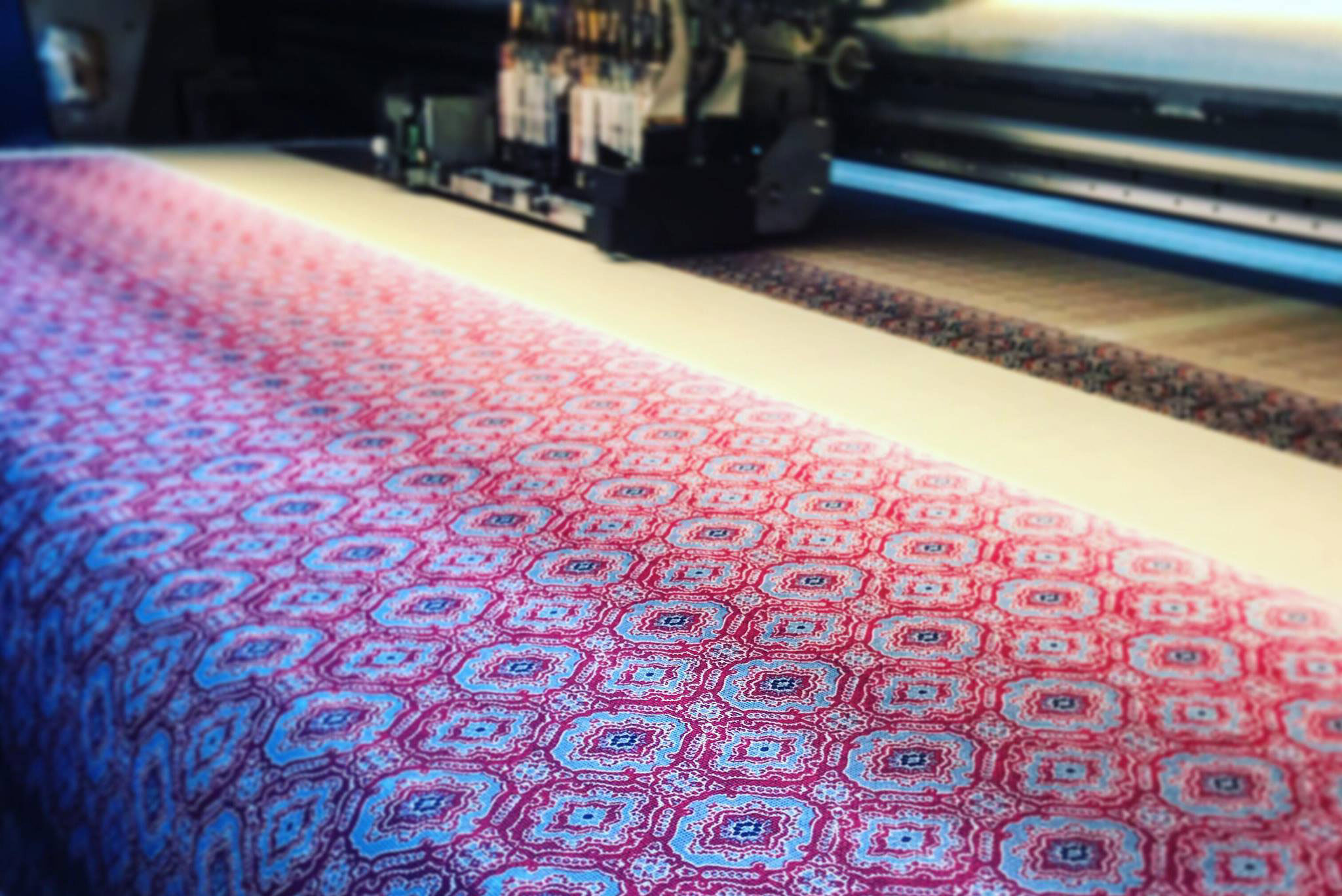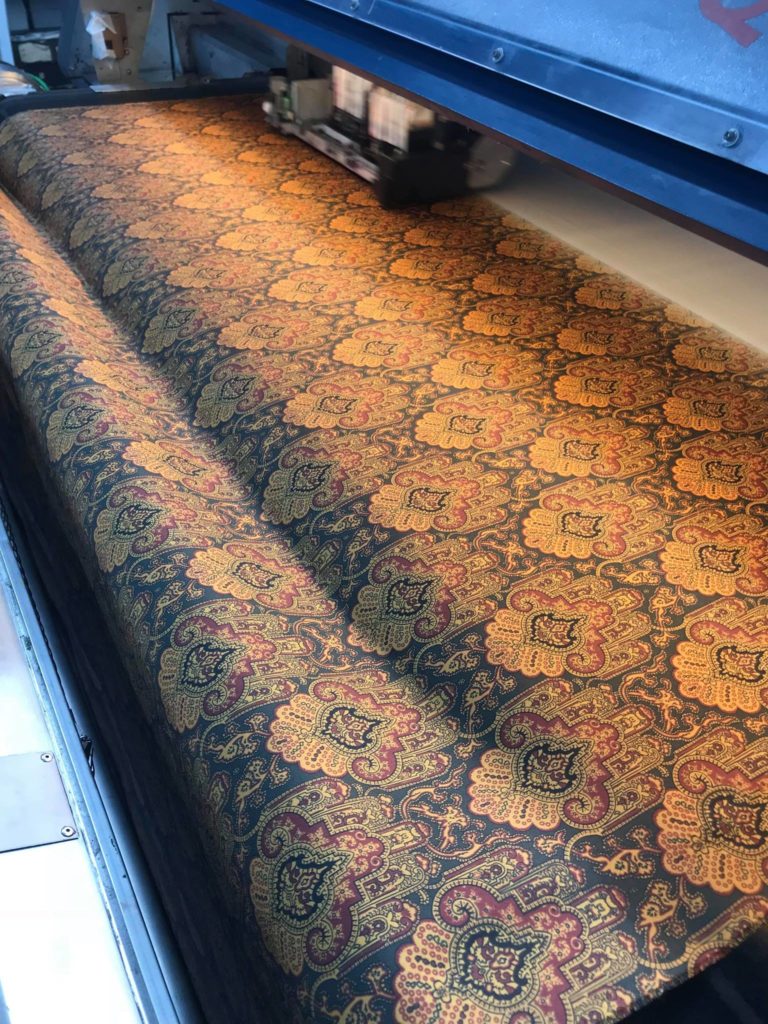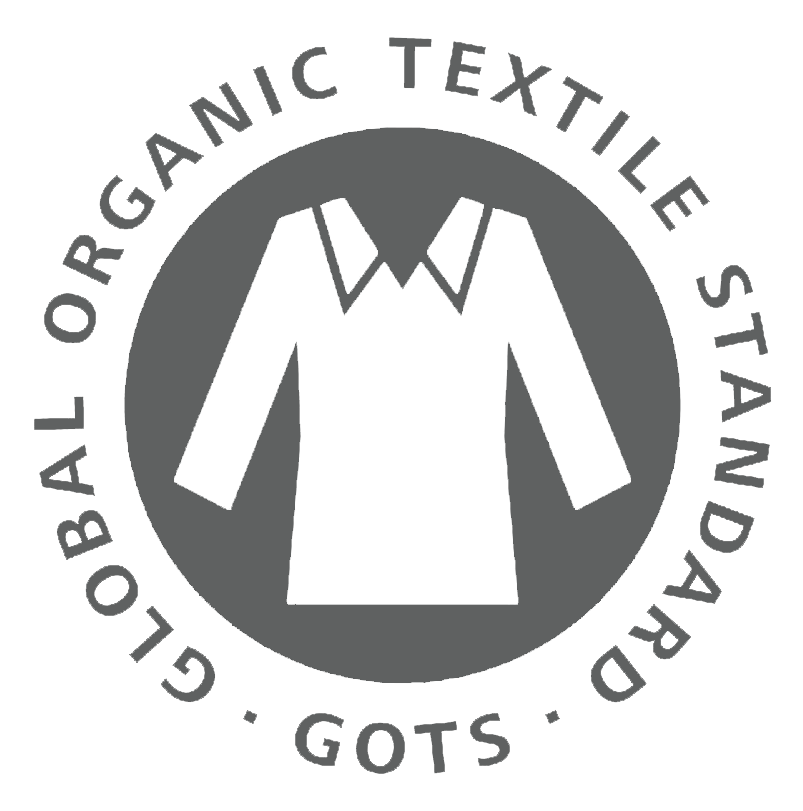Digital printing has revolutionised the textile industry – but how eco-friendly is it?
In a time where it’s more important than ever to ensure that as individuals and businesses, we are doing everything in our power to reduce our impact on the environment in our everyday lives, manufacturers all over the world are under scrutiny about just how eco-friendly their processes really are.
While it goes without saying that most manufacturing processes do contribute to harmful waste and negative environmental impacts to some extent, innovative technologies now mean that we have more options when it comes to seeking out more environmentally methods of producing goods.
When it comes to producing textiles and clothing, the most popular method of fabric printing sought out by companies and designers is digital printing. Not only is it a fast and efficient way to translate designs onto a number of different fabrics, and one which yields stunning results, but it is highly regarded as one of the most eco-friendly printing methods available.

Eco-friendly benefits of digital printing
The advanced technologies behind digital printing are more sustainable by nature, than any other method of printing. But, why?
Less waste
Printing direct to garment (DTG) ultimately reduces waste, as only the amount of ink required to print the design will be used. Alternative methods such as screen printing are known to use excessive amounts of ink in order to translate the design on to the fabric, contributing to potentially harmful chemical waste.
Less set-up equipment
Naturally, the digital printing method is straight forward in the way that less set up equipment is needed, i.e. there are no screens or plates that need to be produced to create individual designs. This type of equipment needed for the likes of screen and rotary printing will eventually go to waste once the design has completed production and is no longer usable.
Less water used
Water pollution is the highest environmental risk factor in textiles. In previous years, the environmental impact from the textile industry alone was huge – using unnecessary amounts of water and energy to produce printed fabrics.
As technologies moved forward and digital printing increased in popularity, fespa.com reported that digital textile printing saved over 40 billion litres of water worldwide in 2018. This contributed to a huge reduction in the amount of water that was used, wasted and polluted.

This is due to how the technology eliminates the need for a substantial amount of water and electricity requried for the preparation, processing and clean-ups used in other methods such as screen printing.
As digital printing uses pigments which achieve colour fastness through heat fixation, water isn’t needed for pretreatments or post-processing such as steaming and washing.
Designs are digitally submitted
Screen and rotary printing techniques typically require transfer paper in order to start the printing process. In digital printing, however, designs can be digitally submitted and then printed directly from the machine to the fabric, meaning that no transfer paper is necessary, therefore reducing the amount of waste produced.
All of these factors considered make digital printing perfect choice for environmentally conscious business owners and designers. This is particularly important in the fashion and textile industry of today, which is no stranger to backlash over sustainability ethics.
Seeking out a reputable digital printer to bring your designs to life can leave you safe in the knowledge that your chosen manufacturing process has minimal negative environmental impacts.
Our environmentally friendly approach to digital printing on silk
As a leader in the UK textile industry, Biddle Sawyer Silks prioritises sustainability as one of our core company values. We are heavily invested in minimising our environmental footprint, and are proactive with our approach in reducing our impact on the environment not only through our printing processes, but as a company on the whole.

We are conscious of the negative impact that any type of manufacturing process can have on the environment, which is why we’re dedicated to operating in an efficient, eco-friendly manner. Using the latest innovations and technologies, we continuously strive to improve our sustainability levels with everything we do. We firmly believe that if we all do our bit, for our business and for the planet, it all adds up and makes a huge difference.
Here are just some of the ways that we operate sustainably:
We don’t sublimation print
While sublimation printing may be considered eco-friendly, the dye-sublimation process involves using transfer paper and although recyclable, we’re conscious that this still produces waste which is entirely avoidable.
All of our inks are AZO dye free
Many textile manufacturers use azo dyes in their process, but these are known to be potential carcinogens and can release toxic chemicals. All of the inks used here at Biddle Sawyer Silks are azo free.
We print directly onto fabric
This way we can effectively minimise surplus inks, chemicals and fabric waste.

We keep all waste to a minimum
Any textile printing process is likely to create waste from fabric cut-offs. However, we make a conscious effort to always reuse all waste due to roll on and roll off from print beds.
We’re one of the few digital printers with effluent license
This means that we need to conform to very strict environmental policies outlined by law, which are adhered to.
All chemicals manufactured in Europe or the UK
We only use the best quality chemicals on site, sourced from reputable suppliers and we avoid using chemicals that contain carcinogens, or highly toxic chemicals.
All processing is done in-house
We are the only merchant in the UK to own and operate our own digital printer, this way we can control all stages of the process in-house and reduce our carbon footprint.
All fabrics are to European REACH standards
This is the Registration, Evaluation, Authorisation and Restriction of Chemical legislation created by the European Union, ensuring that all fabrics are free from hazardous chemicals.
Read more: Digital silk printing: the process explained
As we see technologies within digital printing moving forward, it’s a positive step in the right direction towards replacing unsustainable inefficient manufacturing. The clean and efficient processes are not only beneficial to the environment, but more attractive to the environmentally conscious consumer – something which businesses and manufacturers should all be considerate of.
Biddle Sawyer Silks are a UK based wholesale silk specialist, and a leading digital silk printer. We have been offering state-of-the-art digital printing on silk as one of our core services for over 50 years from our dedicated printing factory in Macclesfield.





